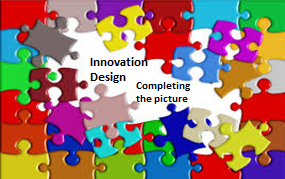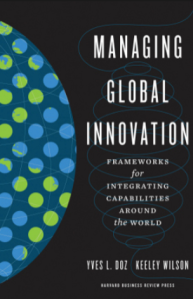 Let’s start with some defining statements. Innovation is totally dependent on becoming aware of external ideas and the knowledge that is needed and then translated for it to become new innovation.
Let’s start with some defining statements. Innovation is totally dependent on becoming aware of external ideas and the knowledge that is needed and then translated for it to become new innovation.
We can ‘fall over these ideas’ or we can find ideas or concepts through explicit search. Then to translate these and turn them into something new and different we need to have established some sort of diffusion and dissemination processes.
Having this established as a sustaining system provides an essential source to building organizations capabilities and competencies.
The more we work external knowledge the more we potentially enhance and multiply its value from a single idea into the potentials for multiple innovations. Having a systematic framework can be dramatic for generating new knowledge and gathering ideas for new innovation potential.
Throughout this post I’ll link into previous posts that you might like to explore but this is not necessary.
The issue is how we set about adopting and adapting new knowledge.
Continue reading “Absorptive Capacity, Knowledge Management and Innovation”

